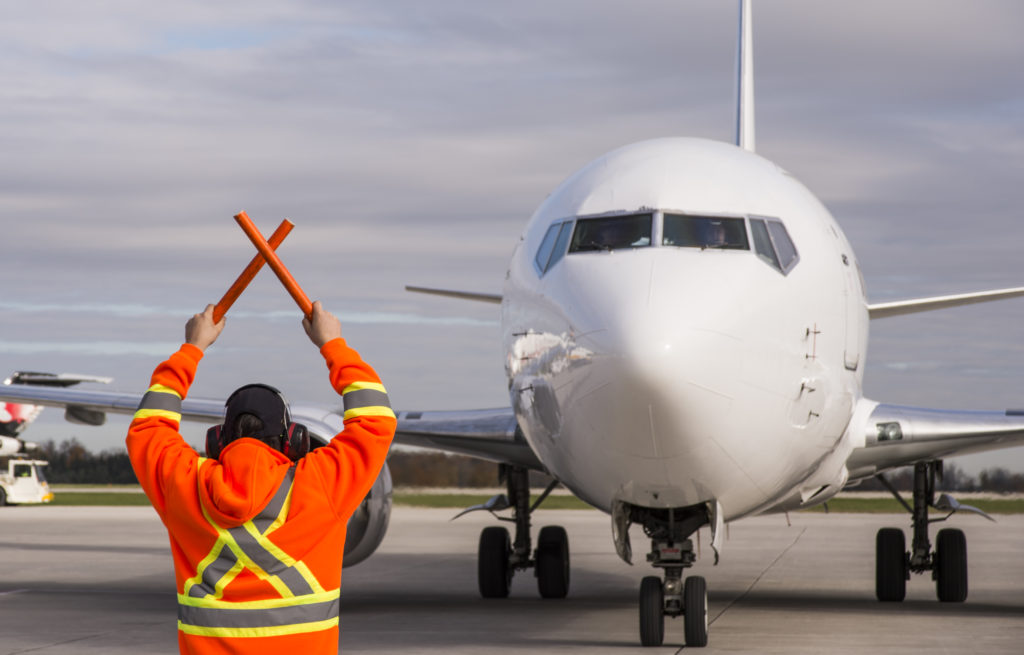Estimated reading time 6 minutes, 1 seconds.
Even as the aviation industry prepares to work with updated Canada Labour Code standards being phased into effect, starting Sept. 1, the federal government continues to fine-tune the package in ongoing consultations about potential exceptions to the new regime.

The changes affect some 18,000 employers and nearly a million employees in all federally-regulated industries – which include banks, shipping, interprovincial surface transport, broadcasting and others as well as 288,000 government employees – and were part of a huge omnibus budget bill, C-86, passed by Parliament last December.
Key elements affecting all aviation employees in the first phase will affect, among other things, rest periods, medical leave, absences for court or jury duty and vacation pay. Other elements, including rules for personal leave and employees who have been victims of family violence, will come into effect at dates still to be determined.
Emond Harnden LLP, an Ottawa law firm, recently organized a webinar for Northern Air Transport Association members and others to review the first group of changes. Those evidently focus on issues raised mainly by labour unions during the months of consultations leading up to Finance Minister Bill Morneau’s introduction of C-86 in October 2018, eight months after he flagged the government’s plan in his budget.
“There was a lot of union input and not a lot of employer input,” said Lauren Jamieson, a member of the law firm’s aviation practice group. She said there is “no evidence” the government officials who drafted Morneau’s bill had consulted Transport Canada or the aviation industry on the proposed changes.
That said, with only a few days left until the updated standards came into effect, Jamieson noted that officials at Employment and Social Development Canada, the department which oversees Labour Canada standards, would be meeting with “key players in the aviation industry” who have been lobbying “to get the aviation industry exception from some of these changes.”
An industry participant at the group confirmed to Skies that the meeting had focused on elements coming into effect Sept. 1 but the discussion apparently did not yield any changes.
Jamieson’s advice on how to apply for exceptions to the new standards was to “get involved” as discussions continue because they would be applicable on a case-by-case basis. “You might have to go through the process of getting a challenge or wait for other people to go through the process,” so that the process can be fine-tuned, she added.
In a bid to give aircrews and other personnel more predictability, the new rules include a requirement that schedules be posted at least 96 hours ahead. If not, employees are entitled to decline work without penalty. The exception, said Jamieson, is “where it’s necessary for the employee to work in order to deal with a situation that the employer could not have reasonably foreseen.” However, that won’t be retroactive for current contracts.
Nor would a requirement for at least 24 hours’ notice of any shift changes, but again there could be exceptions under “reasonable” circumstances.
Jamieson acknowledged that an employee’s refusal to work overtime, a long-standing hot button in aviation, can mean added cost to the operator, “particularly so when it affects the carrier’s ability to meet customer demands.” Adding that this could have more of an impact on smaller operators with less flexibility, she speculated that there could be amendments to limit number of times this can be done but stressed the importance of having everything documented.
Asked by Skies who defines “reasonable” in these situations, she replied that “the Labour Canada regulations and the guidelines that they’ve provided . . . suggest it depends on the circumstances.”
She also said that all collective agreements are being reviewed to ensure compliance with the changes. That meant that company staff needed to be trained “in case there is a rollback” of any contractual requirements, but “we probably won’t see one.”
On issues such as vacation pay, Larissa Volinets-Schieven, the other member of Emond Harnden’s aviation practice group involved in the webinar, said when there might be differences between that element of the new standards and what is set out in a current collective agreement, the contract terms will “prevail” but she suggested the new standards do afford some room for negotiation.
Looking ahead, Jamieson said employees and management need to be educated about the new rules. “What we would suggest in contracts – just because these provisions may change – is indicating that their entitlement, rights and obligations comply with the Canada Labour Code – or with the employer’s policy, whichever is better.”
She agreed with a Skies observation that crew rest provisions are a critical safety factor in aviation. “The scheduling provisions are going to be really significant both from a rest and safety perspective as well from a modified work and averaging perspective, which is why we’ve highlighted the fact that there haven’t been any changes to those regulations as of yet,” she replied. “You also have to keep in mind there’s fatigue regulations under the Canada Aviation Regulations; those will come into play as well.”









I put literally thousands of extra un paid hours in my 42 years as a AME, sorry would not recommend the job until aviation companies start paying overtime.
The fact that pilots can work up to 14 hours or more off of only 10 hours rest is insane. Furthermore, the fact that pilots are only paid for flying time, meaning, that our of 14 hours of duty, a pilot might only get paid for a few hours with a majority of duty time going unpaid. I average over 250 hours of duty time a month and I’m only paid for 75 hours per month. Lastly, the fact that duty time stops 15 minutes after the plane’s parking brake is set, regardless of when the pilots actually get to their hotels is another surreal truth. In summary, all the rules and definitions benefit the airlines to the detriment of the pilots.